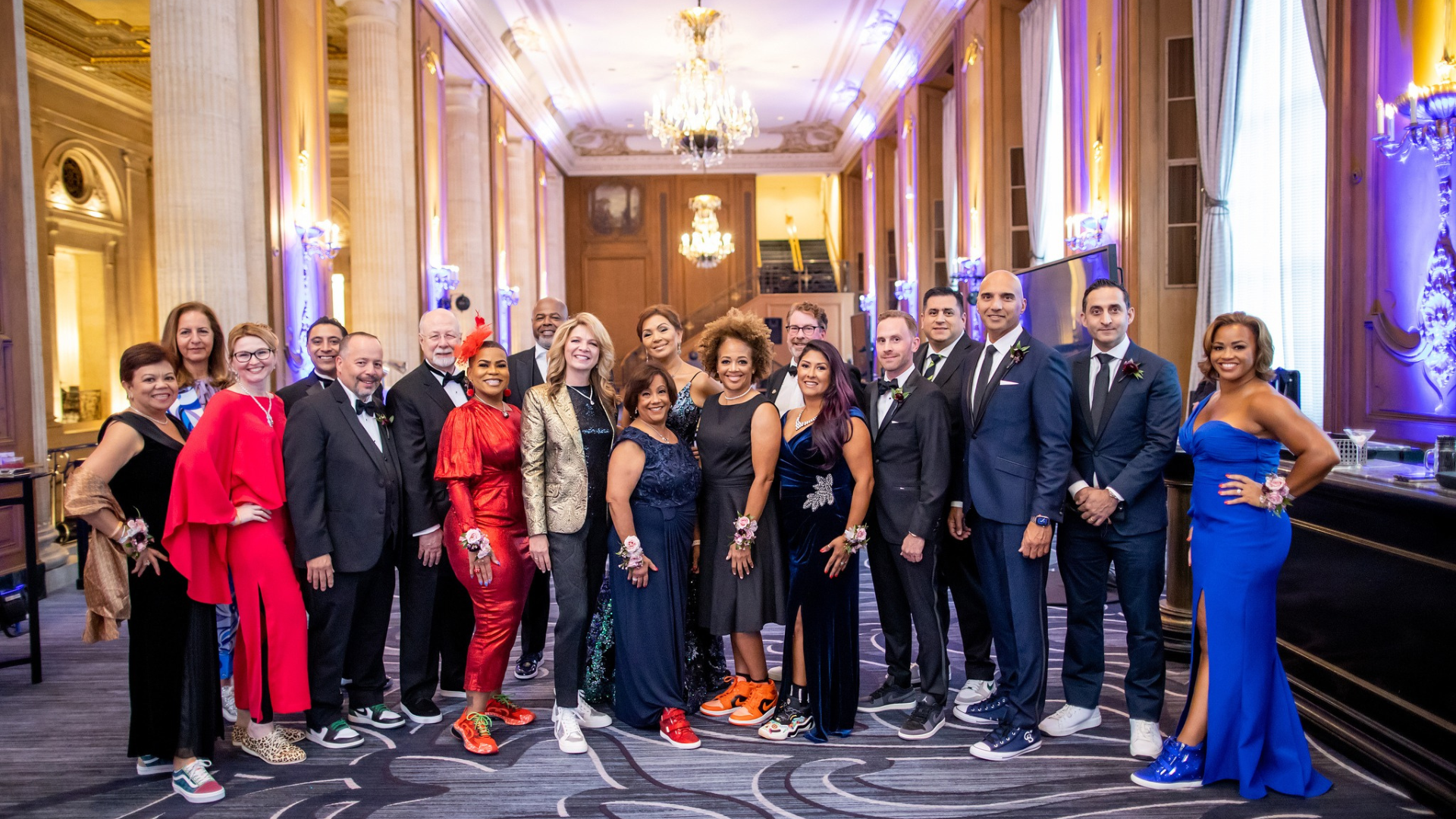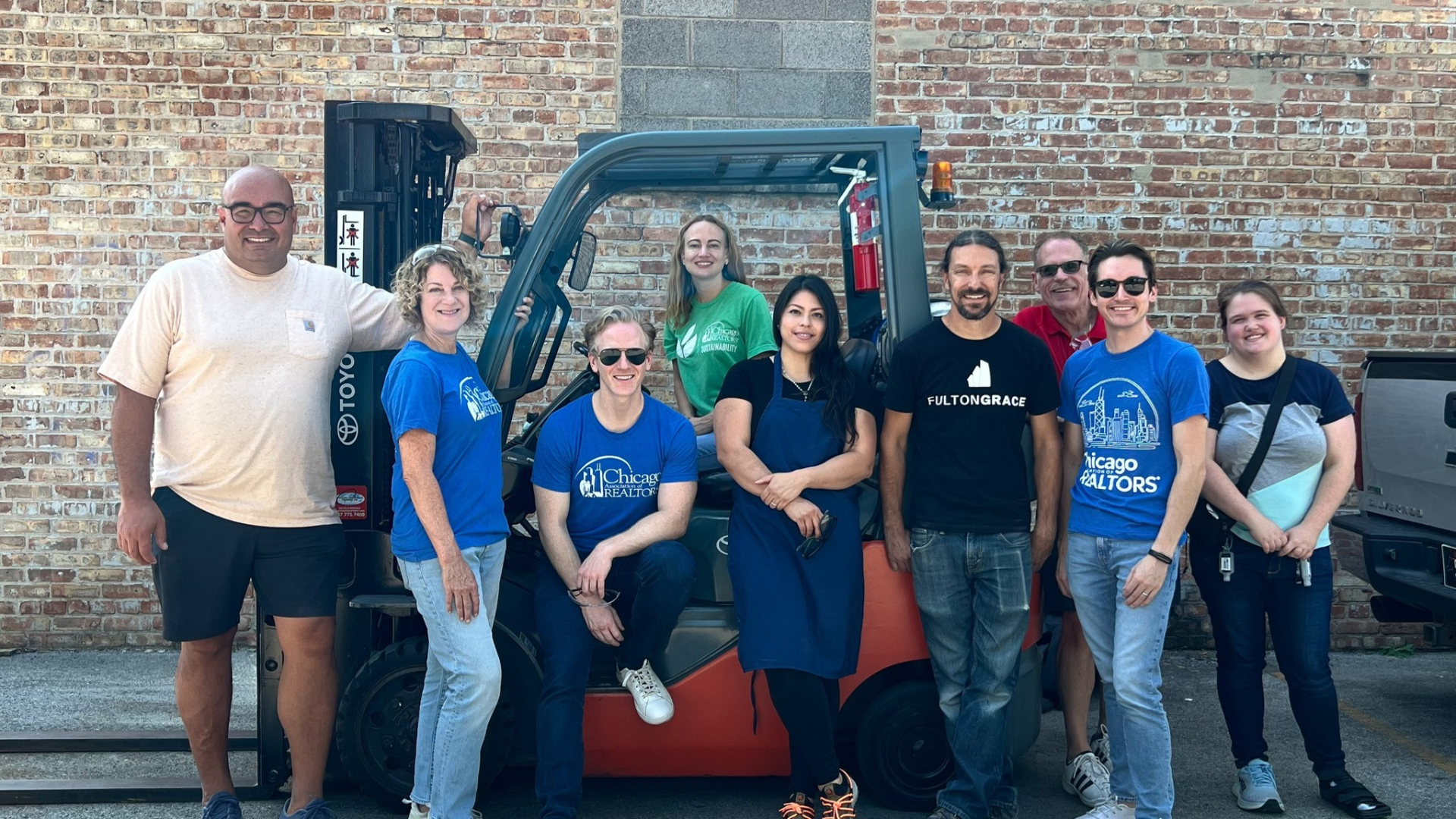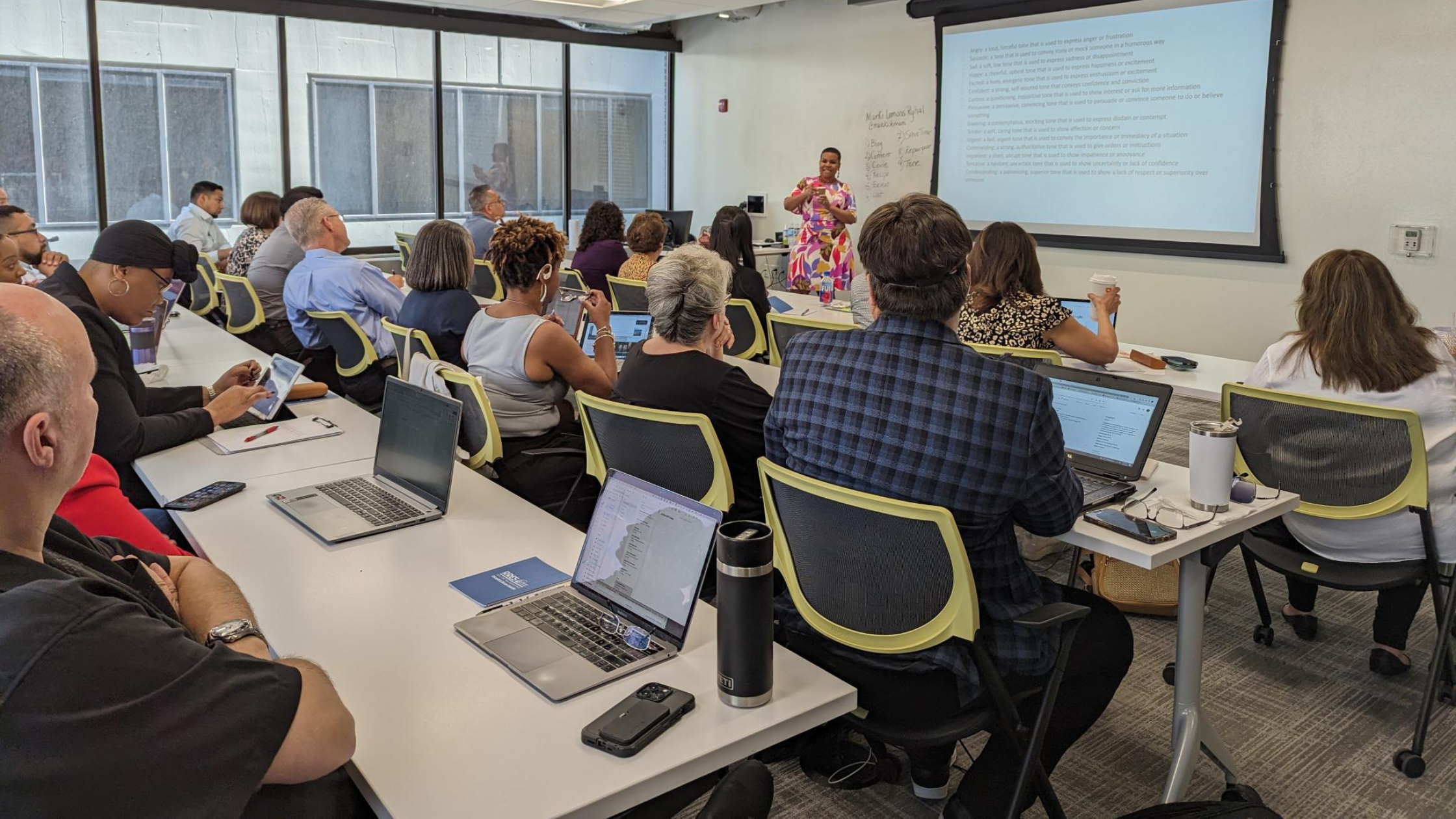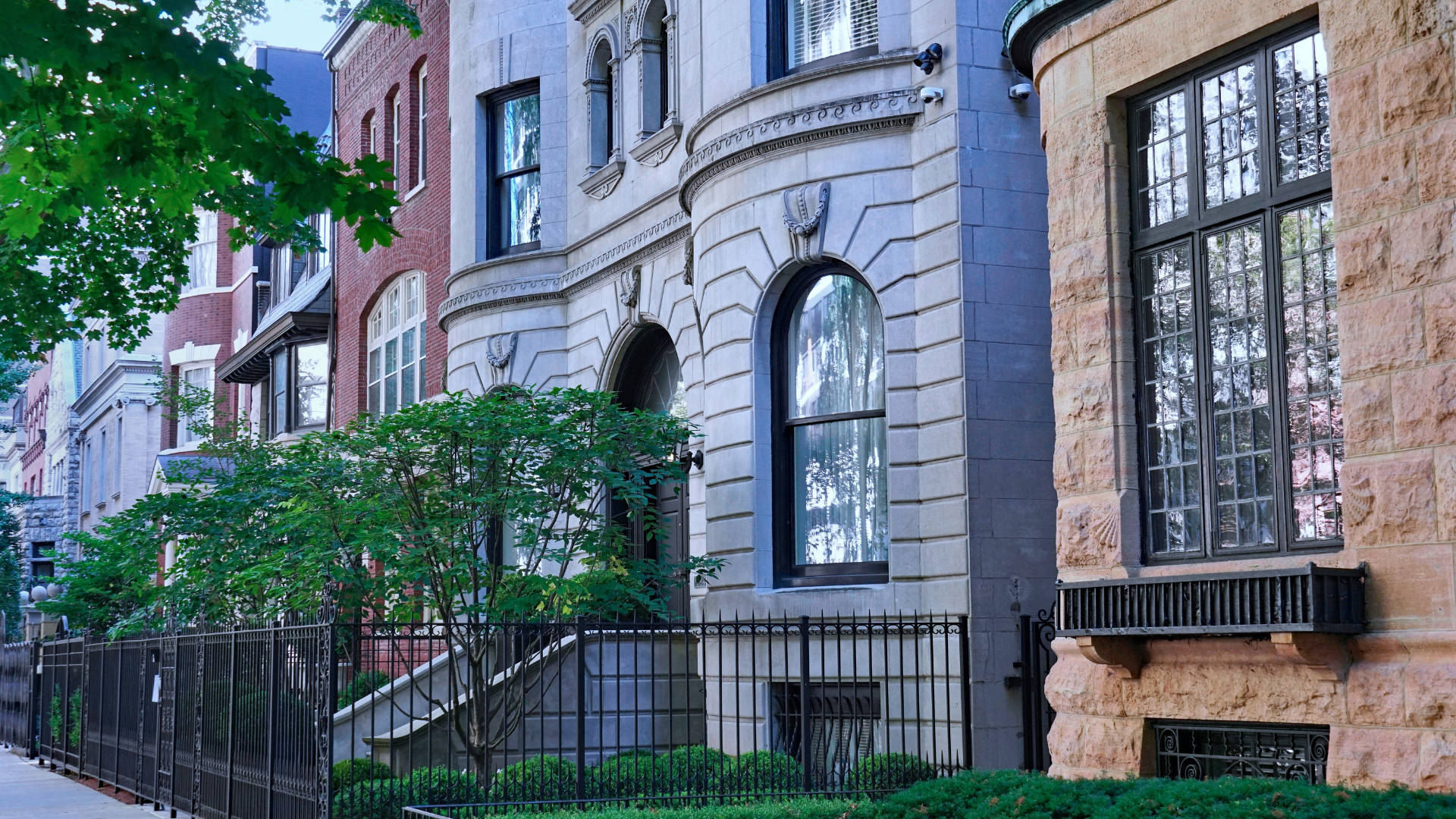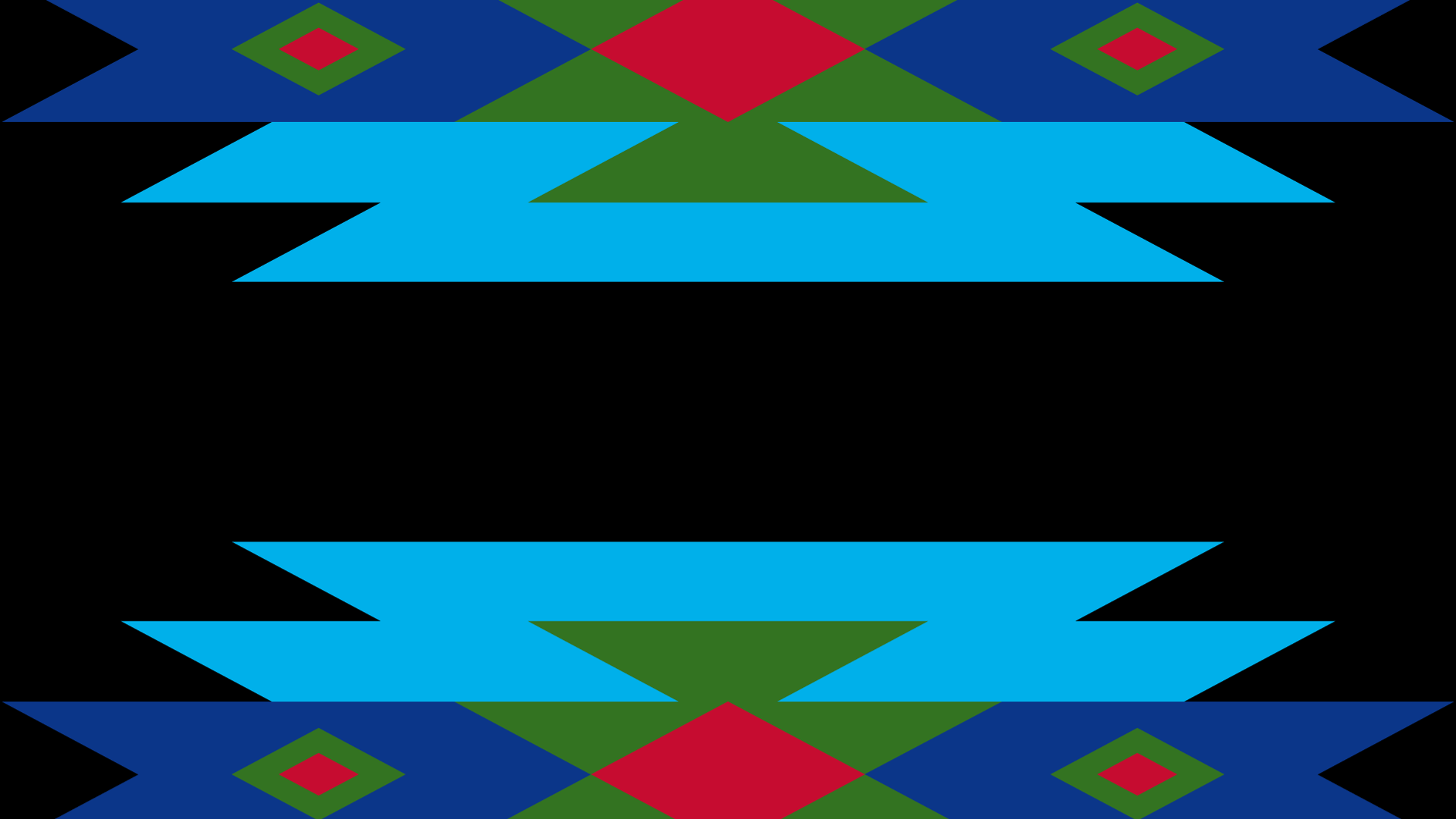November is Native American Heritage Month. We are proud to celebrate and recognize the diverse culture, traditions, achievements and contributions, as well as raise awareness about the historic and current challenges of Native Americans across American Indian, Alaska Native, Native Hawaiian and American Samoan communities.
Background on the Month
Did you know?
Chicago is the traditional unceded homeland of the Council of the Three Fires: the Ojibwe, Odawa and Potawatomi Nations. A land acknowledgment like this is a statement of reverence and humility that calls us to learn and teach about Indigenous Rights, racial justice, colonization and cultural equity. Learn more about land acknowledgments here.
One way the federal government can attempt to protect lands and landscapes and co-manage them with tribes is by designating them National Monuments. In March 2024, President Biden created the Avi Kwa Ame National Monument in Nevada and the Castner Range National Monument in Texas.
Why We Celebrate in November
Congress ultimately chose November as the month to honor Native Americans because the month concludes their traditional harvest season. It is generally a time of celebration, giving thanks and commemorating.
A Brief History of Native American Heritage Month
1916
New York became the first state to declare an American Indian Day.
1976
President Gerald Ford proclaimed October 10-16 as Native American Awareness Week.
1986
Congress declared November 23–30 as American Indian Week or Native American Indian Heritage Week.
1990
President George H. W. Bush signed into law a joint resolution designating the month of November as the first National American Indian Heritage Month (also known as Native American Indian Heritage Month).
To view a complete timeline of Native American history, visit History.com. (Other Sources)
Native Americans In the U.S.
Did you know…?
- Over 2% of the U.S. population identifies as Native American, according to the U.S. Census.
- Illinois has the 15th largest Native American population among all states.
- 1% of NAR’s members identify as Native American.
- Based on 2020 Census data, more Chicagoans are identifying as Native American — up from 13,337 in 2010 to 34,543 in 2020, according to a Chicago Sun-Times analysis of census data.
- There are over 574 federally recognized Native tribes in the United States, covering more than 56 million acres, each with its own unique culture and history.
- In 2023, Gov. Pritzker signed the Human Remains Protection Act, expanding protections for Native Americans in Illinois. The bill establishes procedures for encountering human remains or gravesites and returning remains to Native American Nations. Illinois currently has the second-largest collection of unrepatriated remains in the United States.
In 2023, the Biden Administration increased funding to nine Native American Community Development Institutions. The U.S. Department of Agriculture (USDA) will distribute $9 million through a re-lending demonstration program that provides capital to Native Community Development Financial Institutions to be used for low and very-low-income families on tribal lands.
Additionally, over $1 billion is appropriated for Native communities to purchase, construct or rehabilitate housing and related infrastructure to address production demand and the need for higher-quality housing stock.
Chicagoland Events to Commemorate Native American Heritage Month
- First Nations Film & Video Festival, taking place from November 1-10, 2024
- 23rd United States Poet Laureate Joy Harjo, taking place on November 18, 2024
- Commemorative Day at Chicago History Museum, taking place on November 23, 2024
Learn More & Share!
What You Can Do This November
Much of our work starts with awareness. Learn about the land you’re living on with Native Land Digital. Enter your zip code to view the native tribal land in your area and discover more about the tribes’ unique traditions.
As REALTORS®, you are community experts. Do you know any Chicago businesses owned by someone of Native American heritage? Share them with our External Affairs Manager Michelle Robinson and we will showcase them in our campaign next year!
